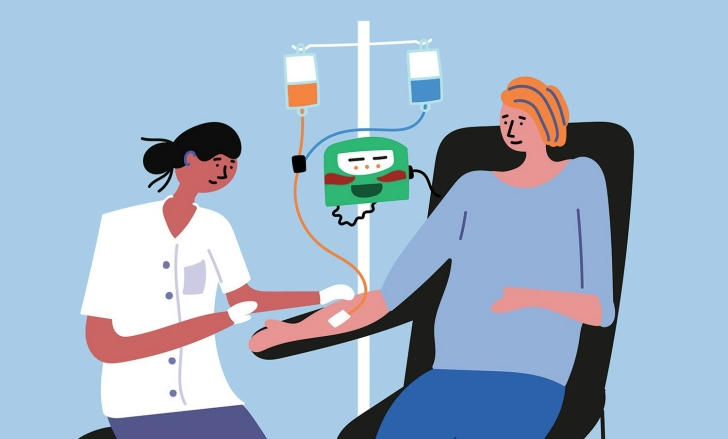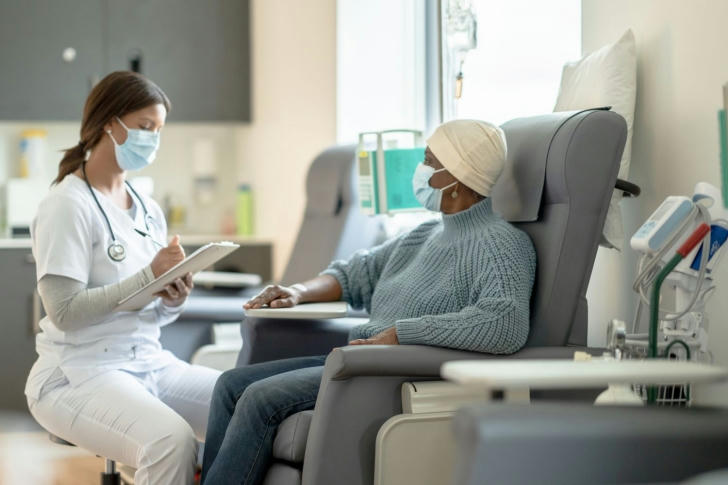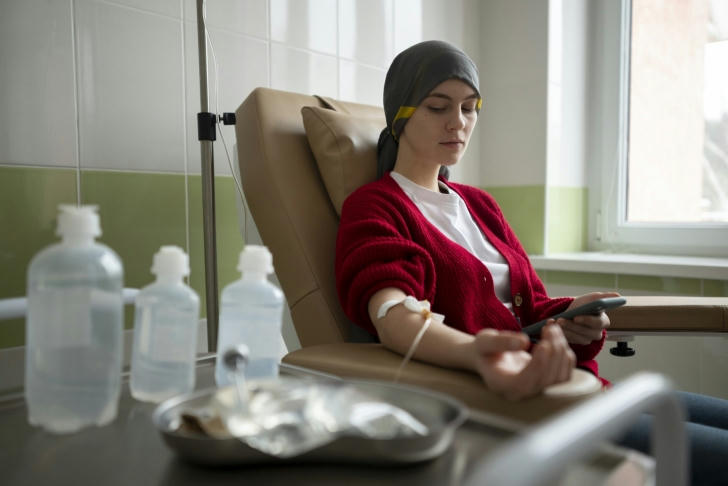Understanding Chemotherapy: What to Expect
Chemotherapy, commonly known as chemo, is a cornerstone of cancer treatment. It uses powerful drugs to kill cancer cells, slow their growth, or prevent them from spreading. While chemotherapy can be life-saving, it’s also associated with various side effects that can impact patients physically and emotionally. In this article, we’ll explore how chemotherapy works, its potential side effects, and share a real-life example of a patient’s journey to help demystify the process.
How Chemotherapy Works
Chemotherapy targets rapidly dividing cells, a hallmark of cancer. The treatment is typically delivered in cycles, allowing healthy cells to recover between sessions. Depending on the type and stage of cancer, chemotherapy can be administered in different forms:

Intravenous (IV) Chemotherapy
Most chemotherapy drugs are delivered through an IV, directly into the bloodstream. This allows the medication to travel throughout the body and target cancer cells wherever they may be.
Oral Chemotherapy
Some chemotherapy drugs are available in pill or capsule form, allowing patients to take them at home under their doctor’s guidance.
Injection
Chemotherapy drugs can also be injected into specific parts of the body, such as directly into a tumor, spinal fluid, or body cavity, for localized treatment.
Topical Chemotherapy
For certain types of skin cancer, chemotherapy can be applied as a cream to the affected area.
Common Side Effects of Chemotherapy
While chemotherapy is effective at attacking cancer cells, it can also harm healthy cells, leading to a range of side effects. The intensity and type of side effects vary from person to person, depending on the drugs used, dosage, and individual health.

Fatigue
One of the most common side effects of chemotherapy, fatigue can be overwhelming and persistent. Patients are often advised to balance rest with light activity to maintain energy levels.
Nausea and Vomiting
Chemotherapy often affects the digestive system, causing nausea and vomiting. Anti-nausea medications can help manage these symptoms.
Hair Loss
Many chemotherapy drugs cause hair loss because they target rapidly dividing cells, including hair follicles. This is typically temporary, and hair usually grows back after treatment.
Weakened Immune System
Chemotherapy can reduce white blood cell counts, making patients more susceptible to infections. Doctors may monitor blood counts closely and recommend precautions to avoid illness.
Mouth Sores
Some patients develop painful sores in the mouth or throat, which can make eating and drinking uncomfortable. Soft foods and good oral hygiene can help alleviate this issue.
Emotional Impact
The physical toll of chemotherapy is often accompanied by emotional challenges, including anxiety, depression, and fear. Support from loved ones and counseling can make a significant difference.
Real-Life Example: David’s Chemotherapy Journey

David, a 55-year-old accountant, was diagnosed with stage III colon cancer. His oncologist recommended a combination of surgery and chemotherapy to remove the tumor and prevent recurrence.
During his chemotherapy sessions, David experienced fatigue and nausea that made it difficult for him to maintain his usual routine. However, with the help of his medical team, he found effective ways to manage these side effects. Anti-nausea medications, a nutritious diet, and regular walks helped David regain some energy.
David also leaned on his family and friends for emotional support. He joined a local cancer support group, where he found comfort in sharing his experiences with others who understood his journey. After completing six months of chemotherapy, David’s scans showed no signs of cancer. Though the process was challenging, he remains cancer-free and advocates for others to seek the help and support they need during treatment.
Importance of Chemotherapy in Cancer Treatment
Chemotherapy is a vital tool in the fight against cancer. It can:
Shrink Tumors: Making them easier to remove surgically or less painful.
Eliminate Remaining Cancer Cells: After surgery, chemotherapy can target any lingering cancer cells.
Slow Cancer Progression: In cases where a cure is not possible, chemotherapy can control the disease and improve quality of life.
The effectiveness of chemotherapy varies depending on the type of cancer and the stage at which it is diagnosed. It is often used in conjunction with other treatments such as surgery, radiation therapy, or immunotherapy for the best outcomes.
Conclusion
Chemotherapy can be a daunting prospect, but it is one of the most effective ways to treat cancer and improve survival rates. Understanding the process, potential side effects, and available support systems can help patients navigate this challenging journey with confidence.
If you or a loved one is undergoing chemotherapy, communication with your healthcare team is key to managing side effects and maintaining quality of life. Remember, you are not alone—support is available to help you through every step of the way. With determination, care, and treatment, many patients emerge stronger on the other side.
